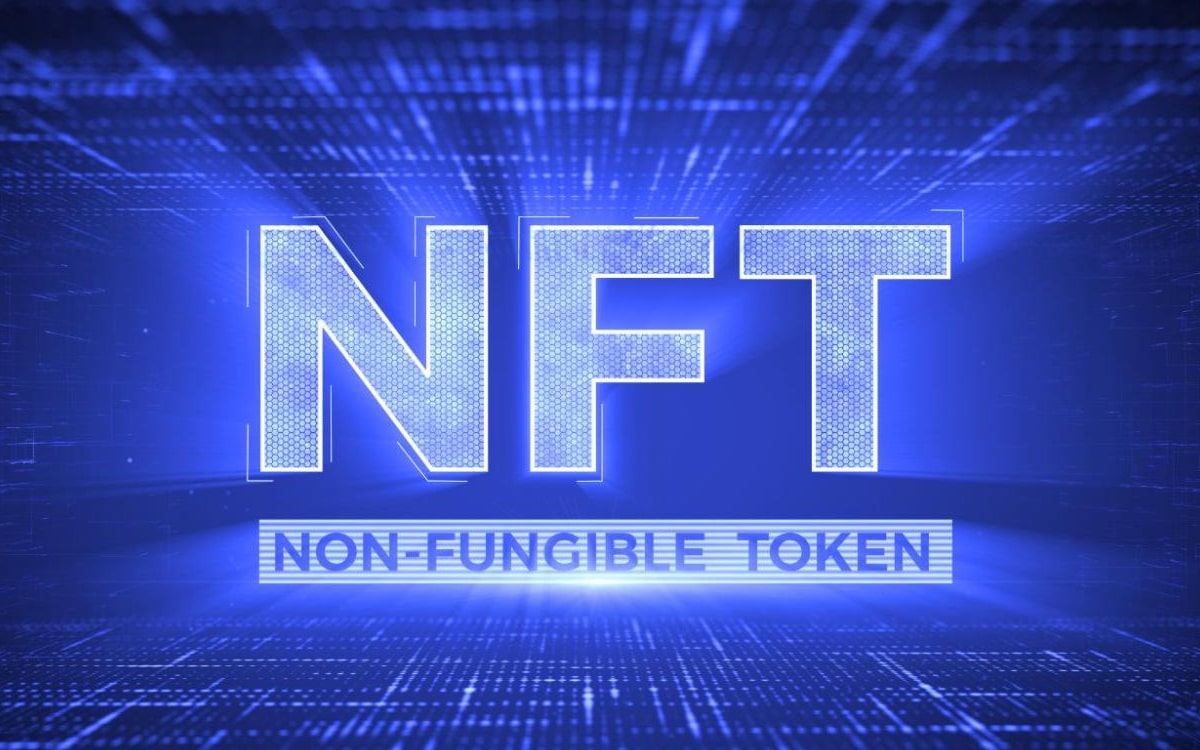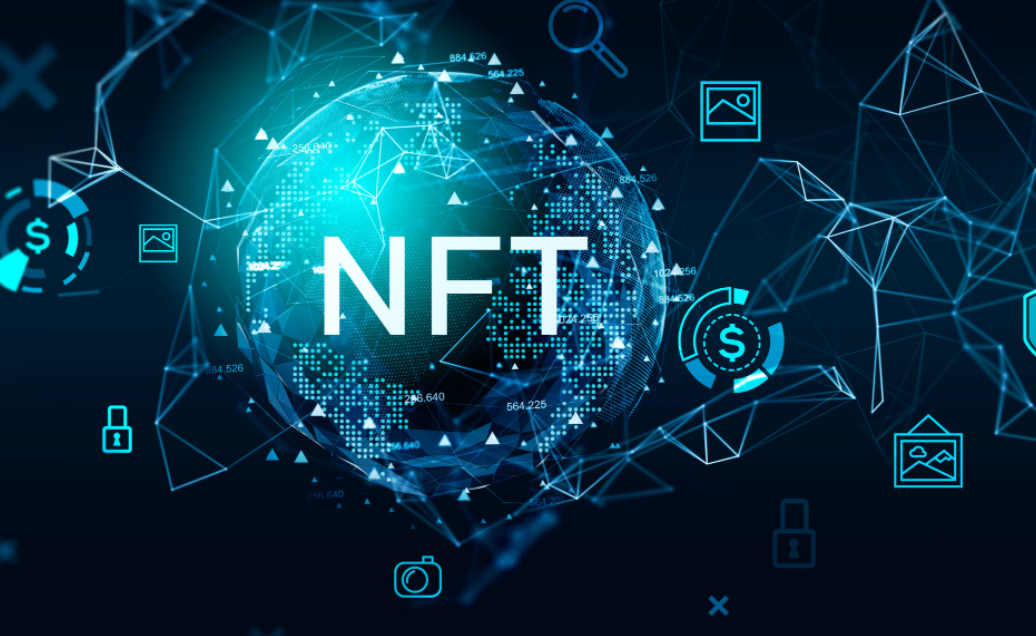If you are among these crypto devotees who are always keen to investigate new things within the Crypto universe, you must have noticed the vast popularity that NFTs have gained lately. Being one of the most talked-about topics in the community, these tokens are yet to be at the centre of attention. And not just among their devoted followers but among ordinary people who want to learn all about them.
Because only in 2020, Non-Fungible Token grew by an incredible 299% and saw approximately $250 million worth of transactions, it’s clear why more and more individuals are attracted to knowing all about NFTs and the reasons for their growing popularity.
Let’s start with the basics and learn what NFTs represent, shall we?
Table of Contents
What are NFTs Exactly?
NFT is an acronym for Non-Fungible Token. It represents a non-interchangeable unit of data stored on famous Blockchain technology. For newbies, a Blockchain is a form of digital ledger that can be sold and traded. Since these tokens are known as “non-fungible”, they differ from cryptocurrencies such as Ethereum and Blockchain.
The term “non-fungible” means that they cannot be exchanged or traded. These Non-Fungible tokens usually represent real-world tangible assets that enable their selling, buying, and trading more efficiently, reducing the possibility of potential frauds.
Non-Fungible Tokens refer to cryptographic assets on blockchain technology that cannot be replicated. These NFTs have unique identification codes and metadata that make them unique and different from each other. For easy identification, NFTs contain ownership details just like Bitcoin. The reason for that is easy transfer and identification between token holders.
Types of NFT Data Assets
Although primary types of NFT data assets are usually associated with photos, videos, and audio files, nowadays, they could be anything from memes, GIFs, and tweets to physical assets such as real estate.
Besides that, you can encounter different types of NFTs such as collectibles, sports memorabilia, virtual land, memes, music, domain names, etc.
What are rarity tools?
NFT rarity is one of the essential factors for evaluating Non-Fungible Tokens. That’s why relevant rarity tools are among the most popular tools for finding and detecting a particular NFT.

Rarity tools rank NFTs according to the rarity of their traits in real-time. Keep in mind that the rarity of an NFT is an essential factor when determining the actual value and price of an NFT. Simply, the rarer it is, the more valuable it is.
How to Create Your Non-Fungible Token?
If you are eager to create your own NFT, you should know that process is quite simple. We are talking about a few crucial steps that you need to take to create your unique NFT:
- Set up a MetaMask – Enable a software wallet where you can store your NFT and which you will use to pay blockchain gas fees in the future. Wallets store the private key that is needed to authorize transactions.
- Tokenize your asset or art – Once you’ve set up your wallet, navigate to opensea.io, where you will connect your Metamask wallet with it and get to work. n. Once you do so, you will be ready to create your own unique Non-Fungible Token.
- Create your collection – Name your NFT collection and click the “Add New Item” button. After that, upload the file you wish to tokenize and give some properties and stats to differentiate it from other files in your collection. Before you set a retail price, determine the number of copies you desire for each item.
- List on the marketplace – If you want to sell your first NFT, you need to set up OpenSea to sell items from your account. It requires a blockchain transaction, which means that you need to pay a gas fee. By sending some Ether to your MetaMask, you’ll be good to go. Remember that you’re only paying the fee once you create an NFT collection.








